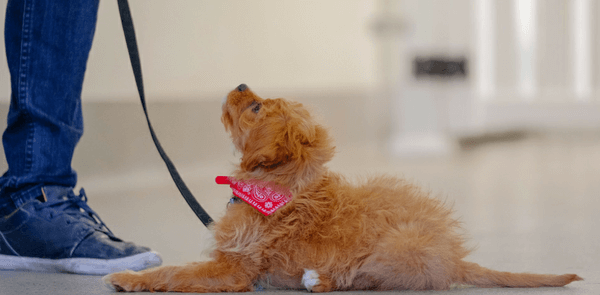
As any dog owner knows, training your dog – or puppy – can be challenging!
There are so many different methods out there, so many things to remember and your puppy’s demands can seem relentless at times.
As the owner/operator of Canine Campus for the last 19 years (and counting), I’ve worked with thousands of dogs and dog owners. It’s easy to make mistakes when it comes to training your pup – just like parenting, we’ve all made mistakes.
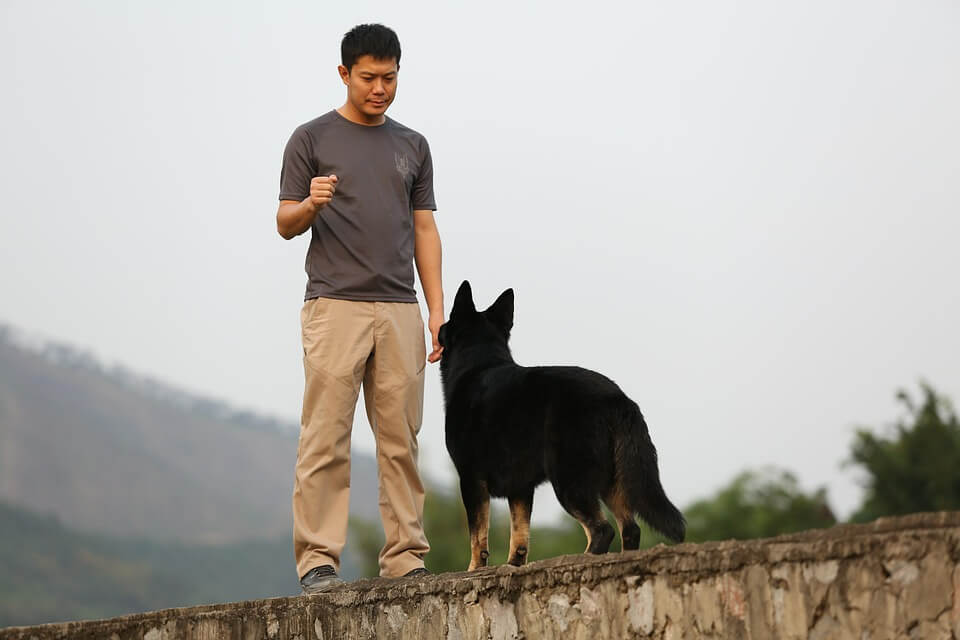
Training your dog is the most effective way to make sure they behave (most of the time at least.) Many people do not take the time or make the effort it requires to train their dog properly. This can result in behavioral problems. Sometimes, people get so frustrated they take their dog to the Humane Society or other dog shelter. I don’t want to see that happen to you and your dog!
According to the U.S. Humane Society, about 39 percent of Americans own at least one dog. That’s a lot of dogs and dog owners! Training your dog in the right way will help you build a great relationship with your dog and create a foundation for a lifelong companionship built on trust and respect. Successful training takes time, practice and patience.
Here are 5 things many dog owners forget – or aren’t aware of – when training their dog.

-
Don’t try to dominate your dog
Many people have the idea that you have to dominate your dog to be an effective trainer. This is not true. The best way to train your dog is through effective communication. Teach your dog new things by communicating to him or her what you want them to do in a way that he or she can understand.Don’t try to force your dog to do something. Show them what you want them to do. Break down the positive behavior in steps and work on each new skill one at a time. Learning how to effectively communicate with your dog will build trust with them. Having a strong foundation of trust will give you a long future of love, trust and positive behavior for a long and happy future together.
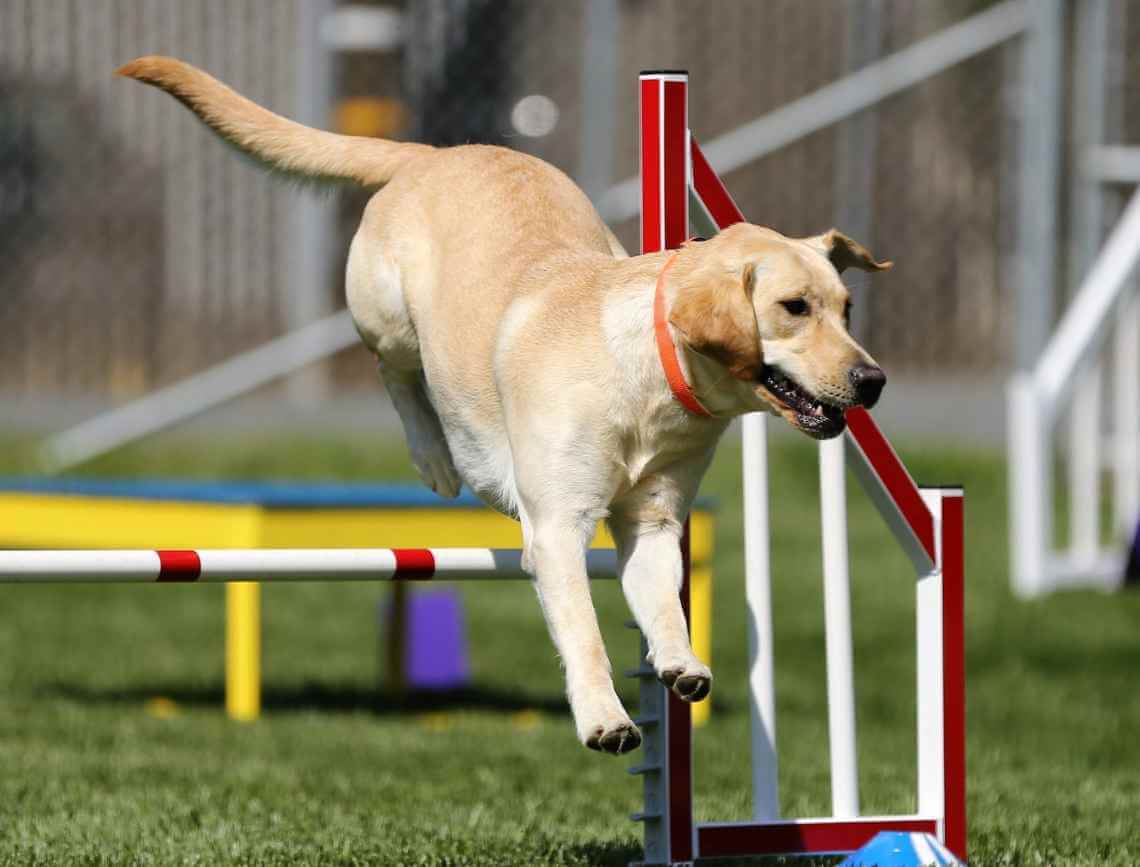
-
Teach your dog more than the basics
Many pet parents don’t realize that your dog wants to learn more than sit, stay and go to the bathroom outside. Challenge your dog with other behaviors.
Here is a list of commands you can teach your dog besides sit:
- Lie down
- Stay
- Come
- His or her name
- Sit at street corners
- Leave it
- Drop it
- Wait
- Heel
- Focus
- No beg
- No bark
- Touch
- Down
- Stand
- Release
- Take it
- Bring it
- Bell
- Eliminate on command
- Leap
- Jumping through a hoop
- Jumping over people
- Go to [a place]
- Spin
- High five, paw, shake hands
- Shake
- Jump
- Roll over
- Sit pretty (beg)
- Speak
- Hush
- Tug
- Open/close a door
- Fetch
- Back
- Yawn
Take the time to teach your dog more commands than the basic ones, and you will be rewarded with a well-behaved, engaged dog.
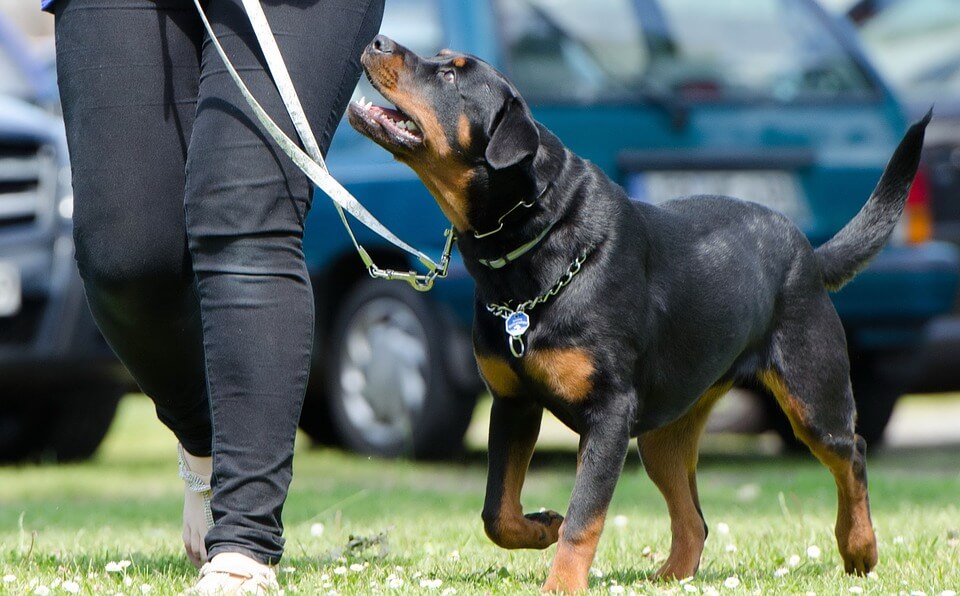
-
It’s all about patience
Your dog will make mistakes. A lot of them. A common occurrence I see is where a dog is trained at home but then, when the dog parent wants to show off the dog’s new trick, the dog just can’t perform them in a new environment. It’s not the dog’s fault. Teaching your dog in a distraction-free environment is much easier than being in a place with other dogs and people and smells and sounds. It’s normal for your dog to not remember what you want them to do in a new place or around new animals and people. When training new dogs, it’s about taking two steps forward – and one step back. Don’t be upset by this. Embrace the training process. Remember that it is going to take some time for a new behavior to be ingrained. Be patient!

-
It’s also all about consistency
It doesn’t work to train your dog in an inconsistent, haphazardly manner. The best way to train your dog is to establish mini-routines that contain small skill-building opportunities. Training should be a part of your everyday life together. How can you incorporate training into your daily routines?
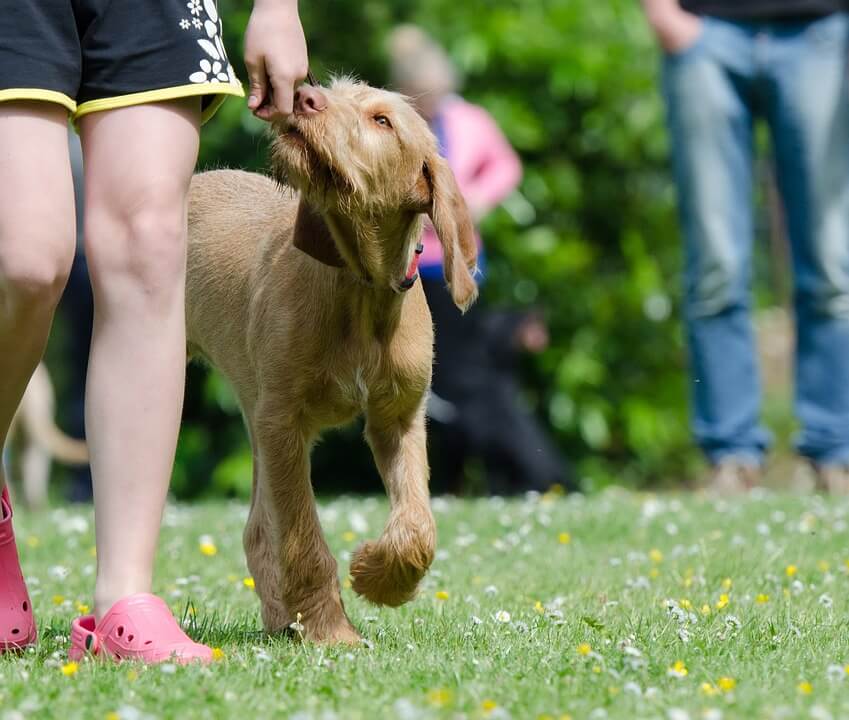
-
Ask for help from professionals
It’s OK to get help from a professional dog trainer if your dog has behavioral problems. This does not make you a bad dog parent, and it doesn’t mean you have a bad dog. Start by talking to your vet about the issue and then, if that doesn’t help, find a certified dog trainer in your area that has training and experience solving the issue you’re experiencing. Common behaviors that might need professional help include over-aggressive behavior, biting beyond puppyhood and intense separation anxiety.
Training your puppy or dog is one of the best parts of being a pet owner. Training should begin from the first day of adoption and should be incorporated in your regular life together. By investing time and care in your dog, you will end up with a loving, gentle companion who treasures – and is treasured by – everyone in the family.
Are you looking for a high-quality daycare, boarding or grooming experience for your dog? Canine Campus, a local, family-owned business in Colorado Springs, has provided premier dog care services since 1999. Learn more about our services here or call us at 719-448-9600. We are happy to answer any questions you might have.













Leave a Reply